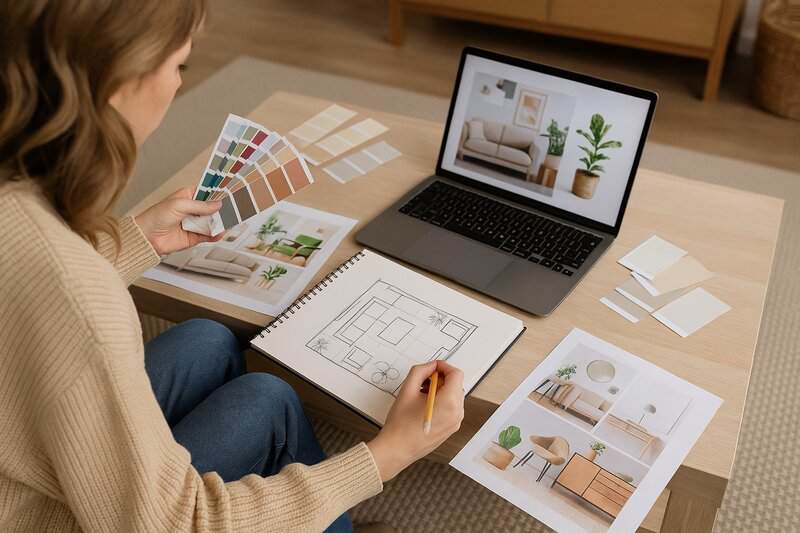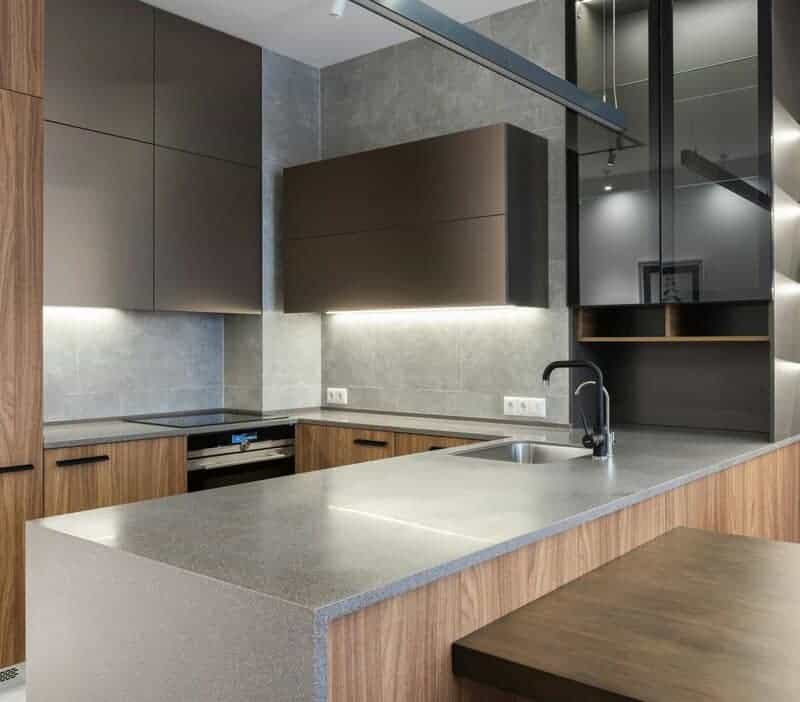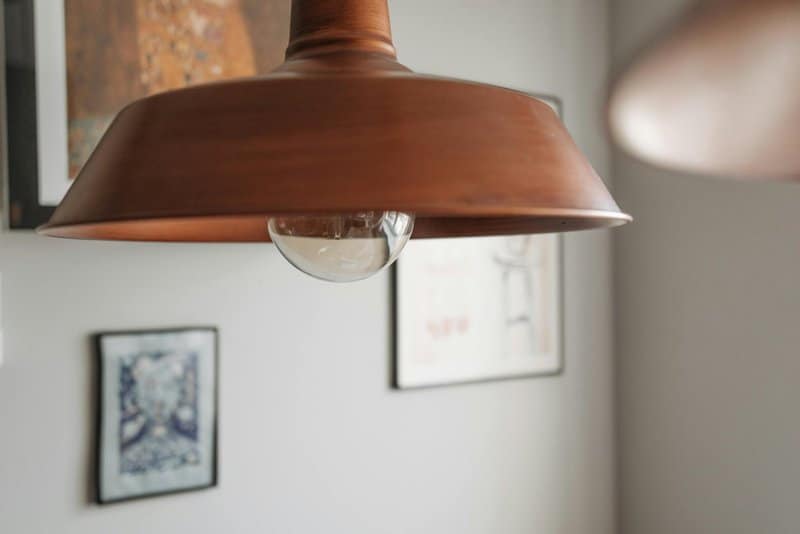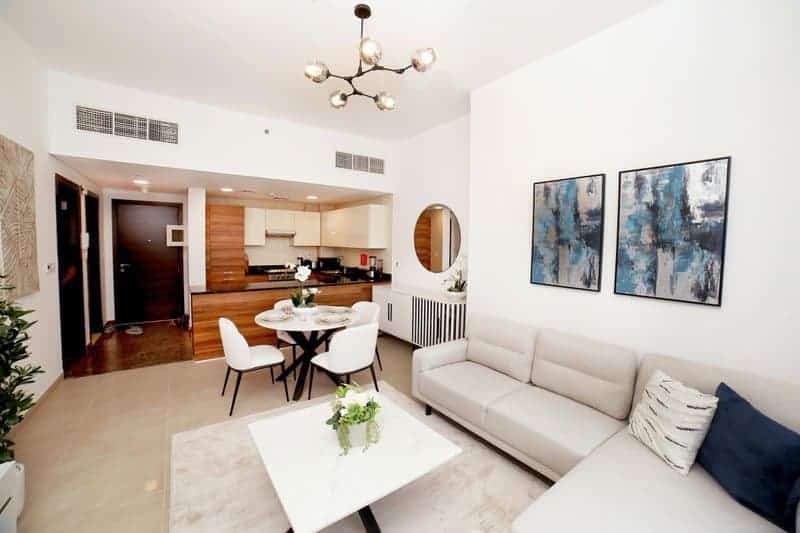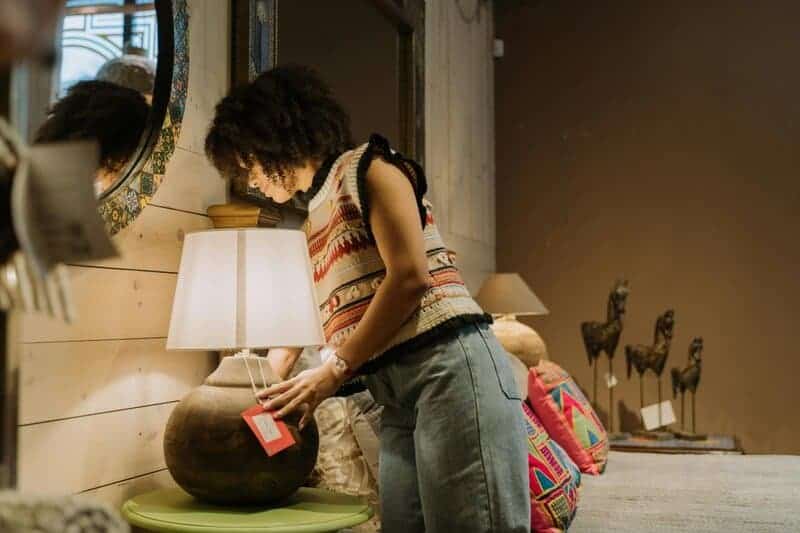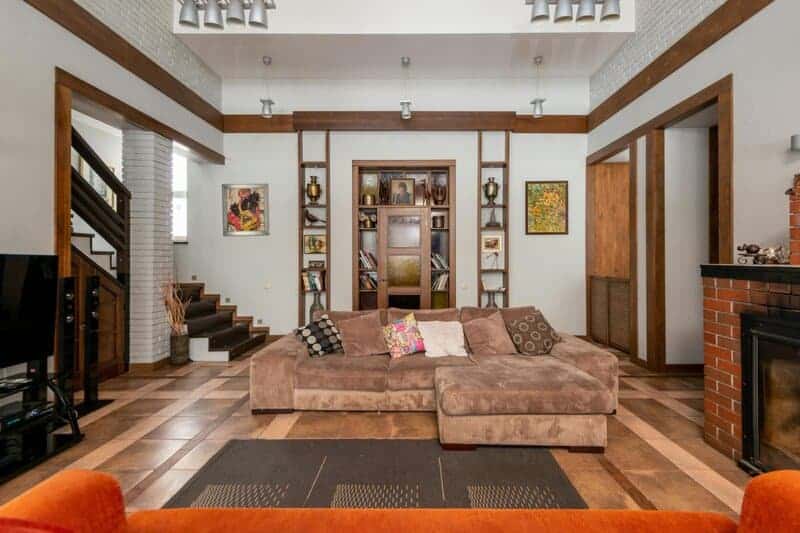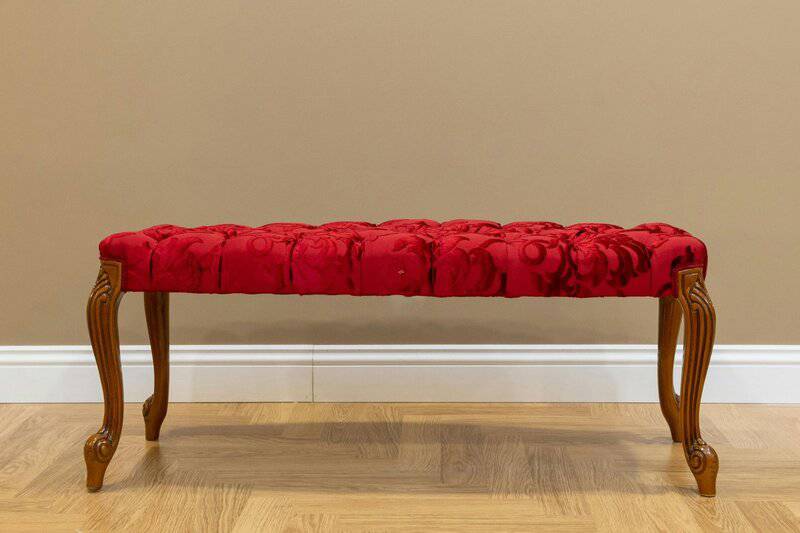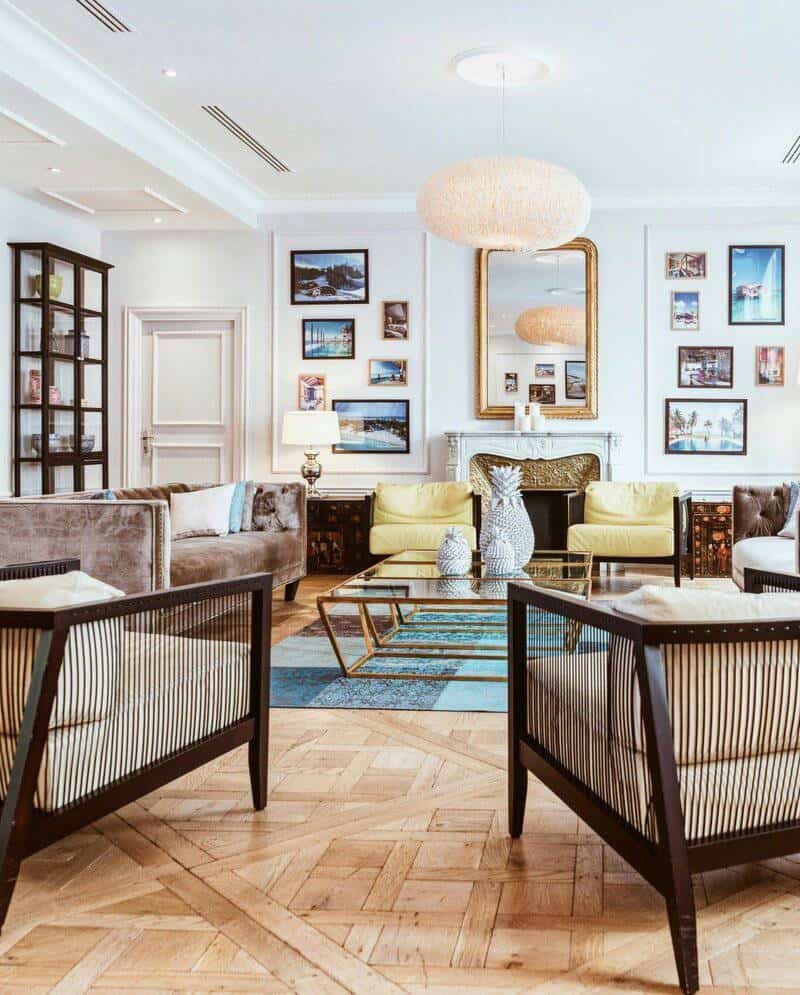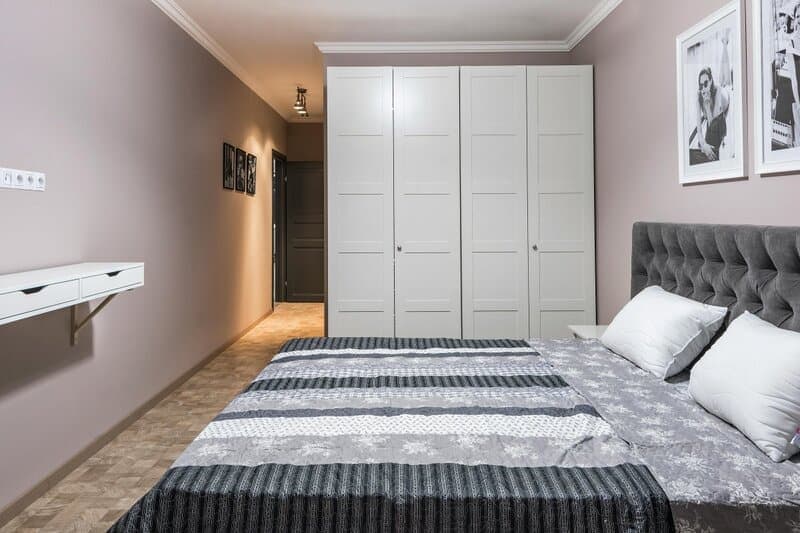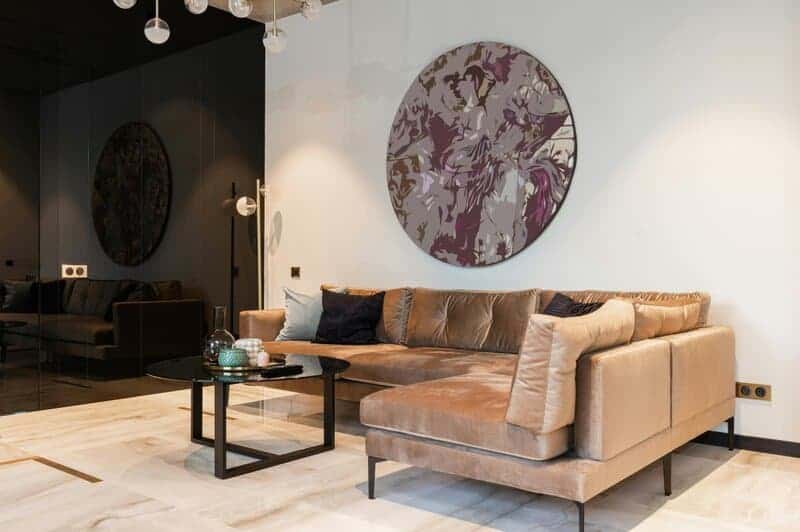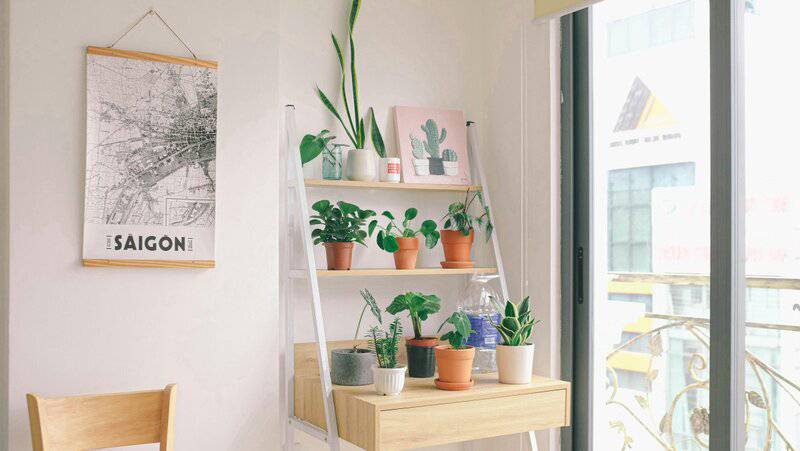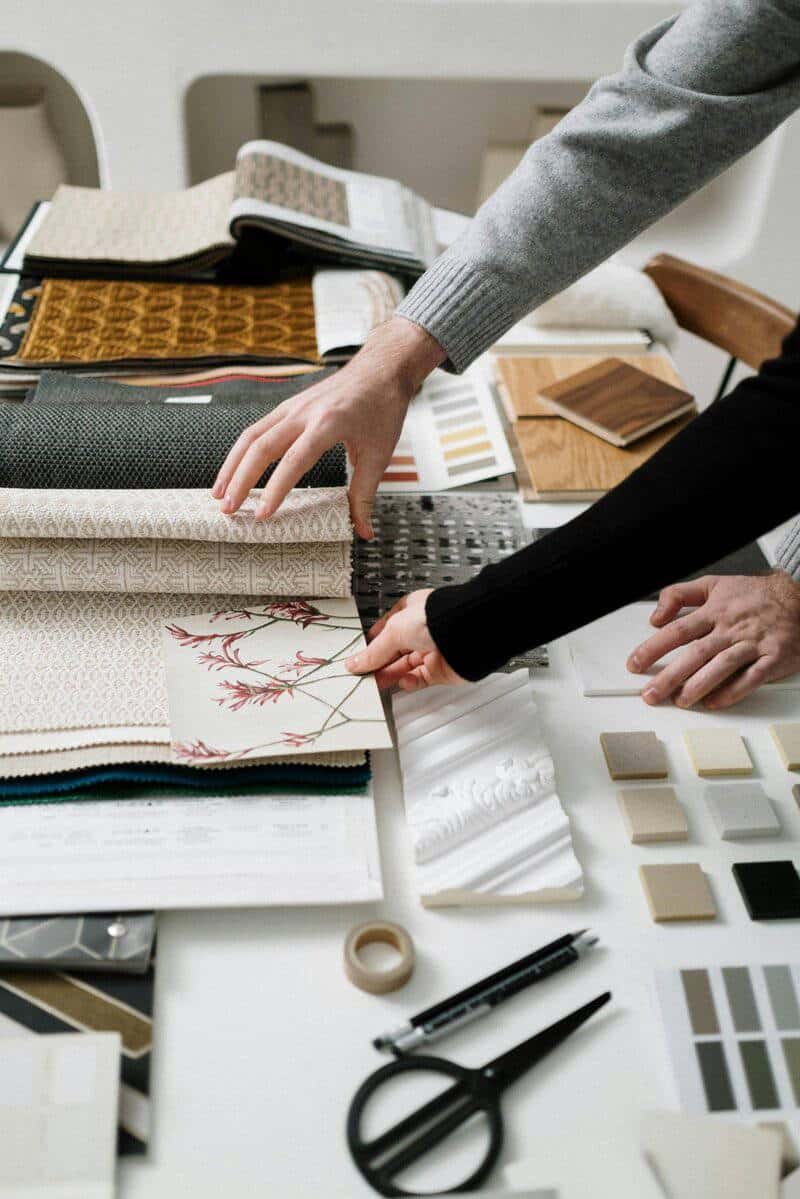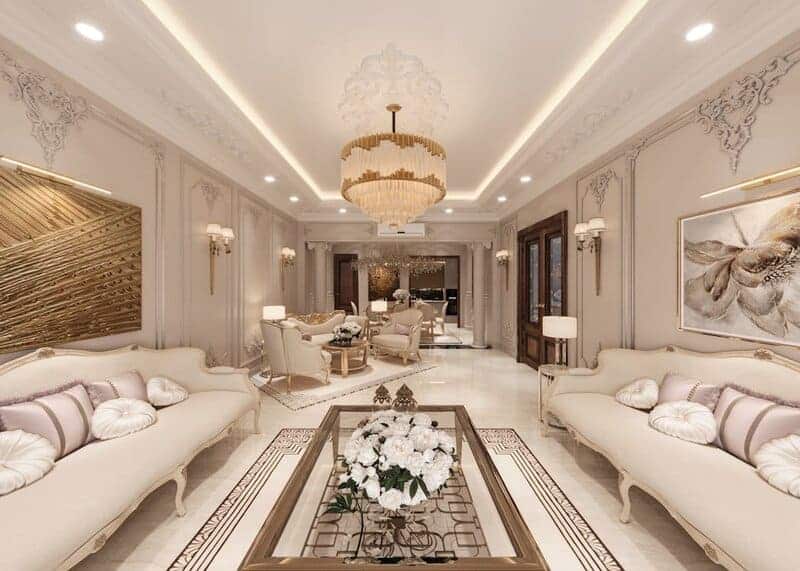Decorating your first home is exciting, but jumping in without a plan often leads to frustration and wasted money. Interior designers stress that a thoughtful plan is the bedrock of successful design. Creating mood boards, floor plans, or even simple sketches helps you visualize how everything will come together. This step ensures your furniture fits, your decor suits your needs, and every piece works in harmony. Consider the difference: a well-planned room feels inviting and balanced, while a hastily decorated space can end up cluttered and mismatched. Start with a plan, and your home will thank you.

